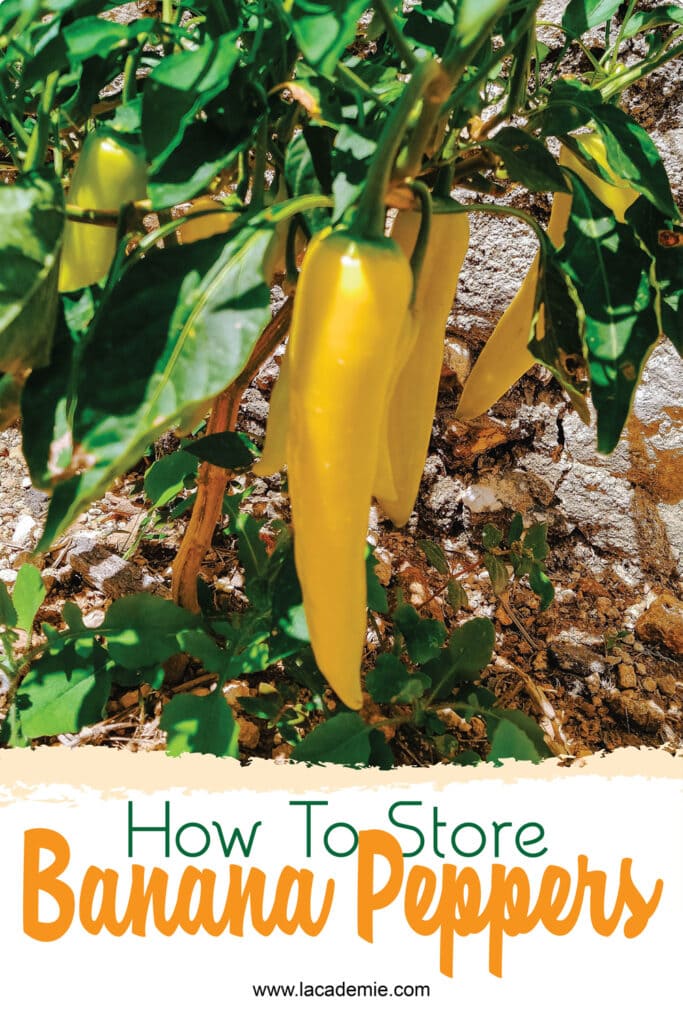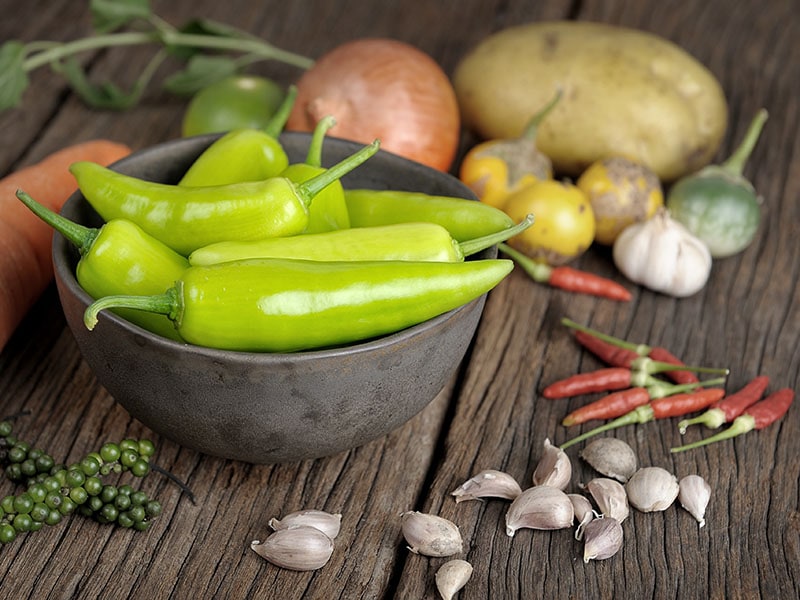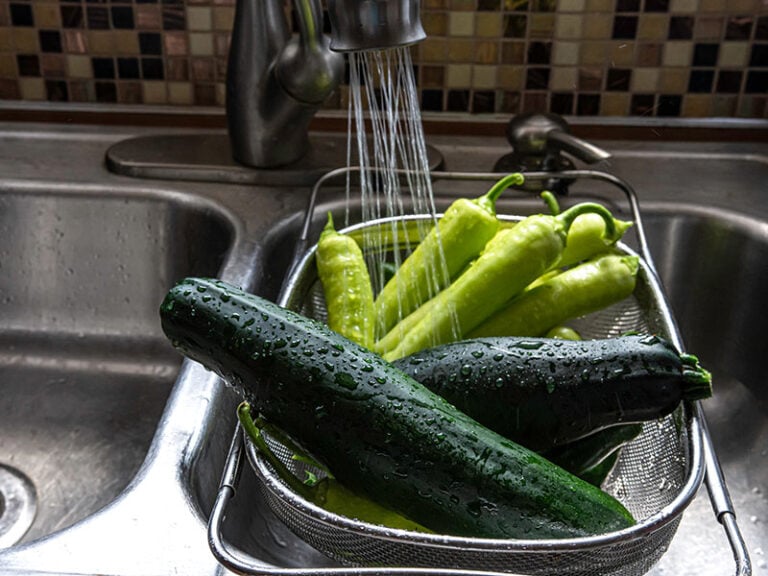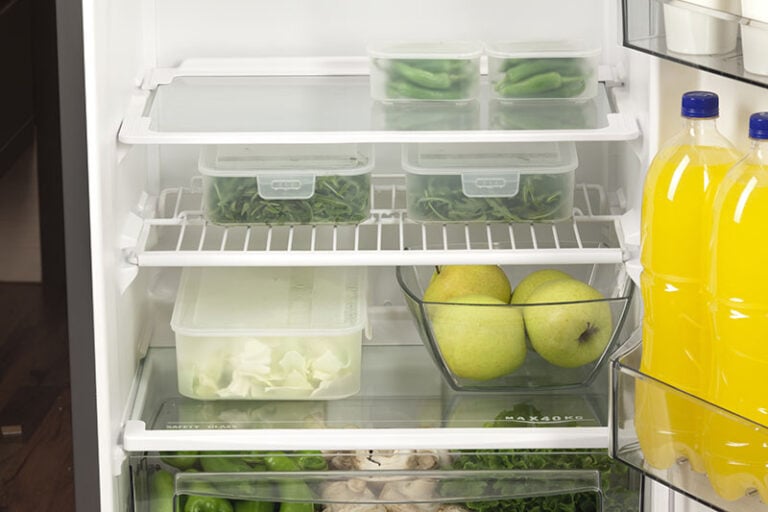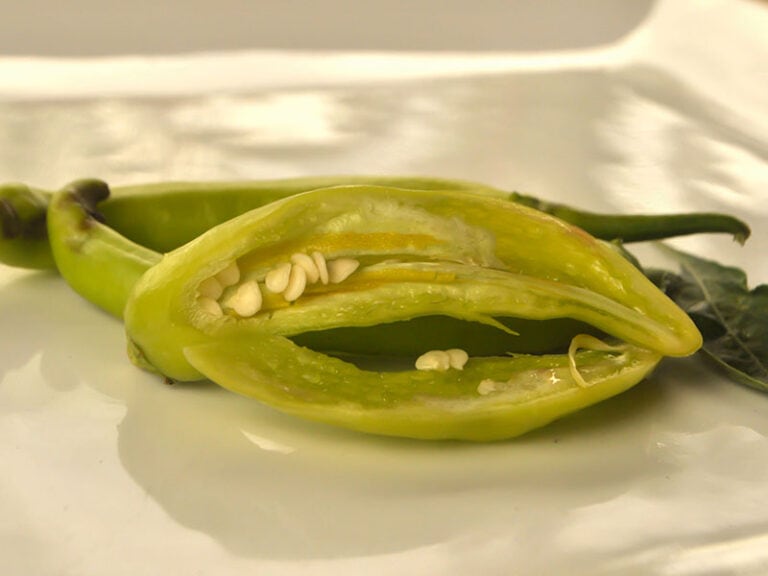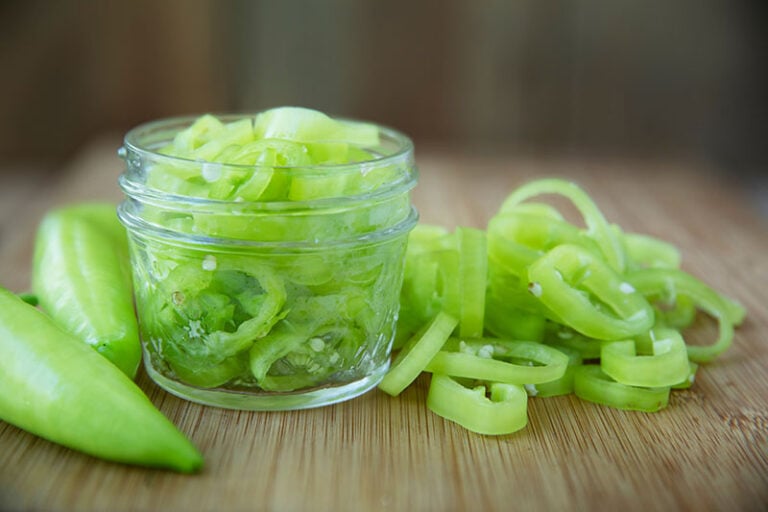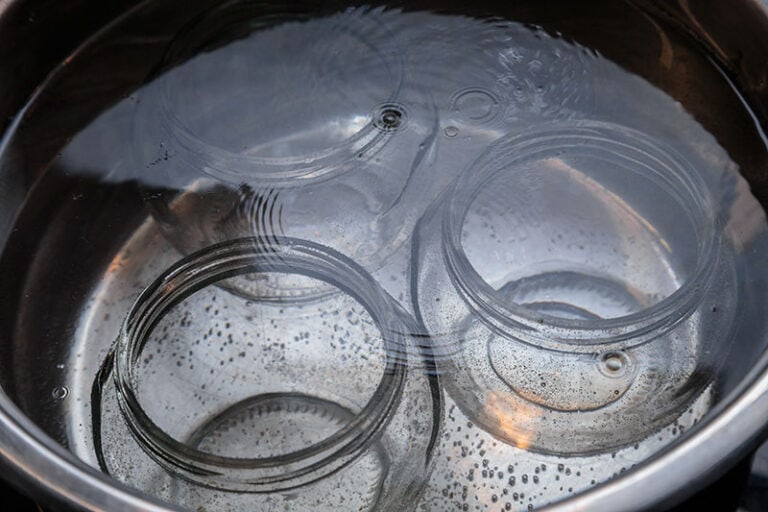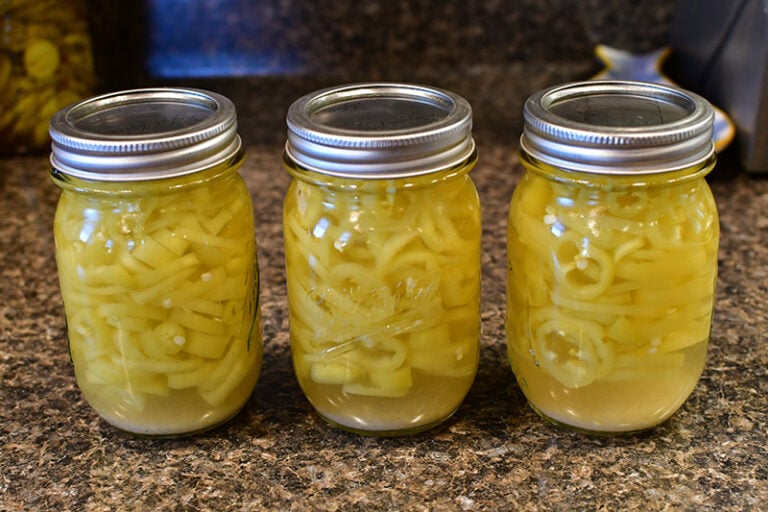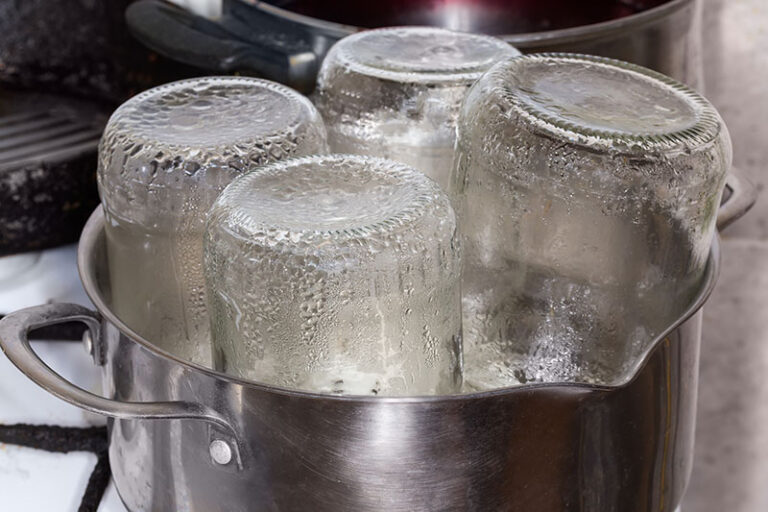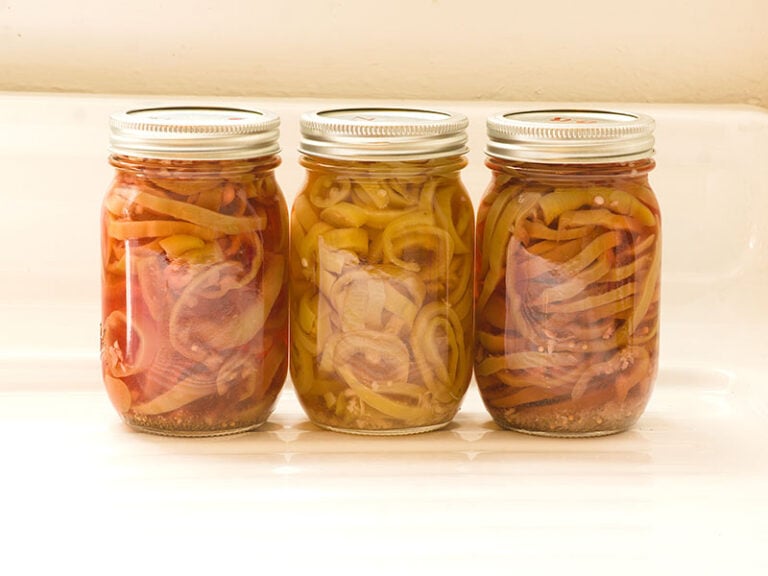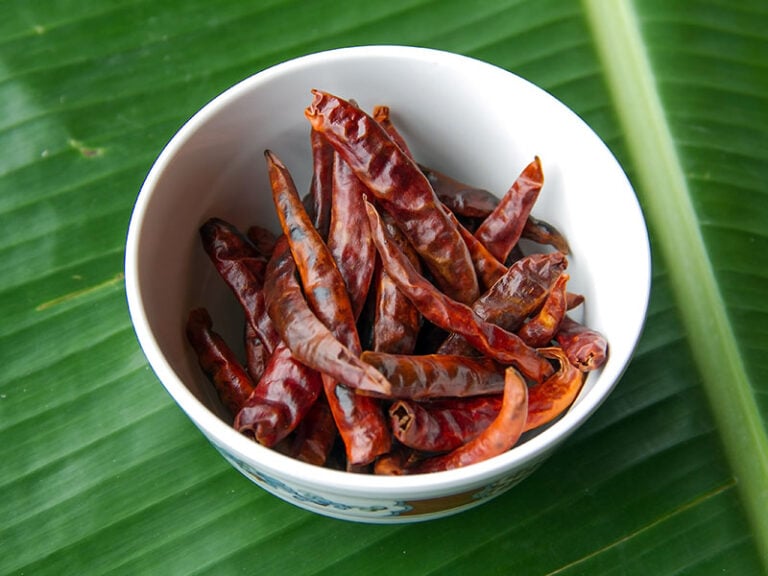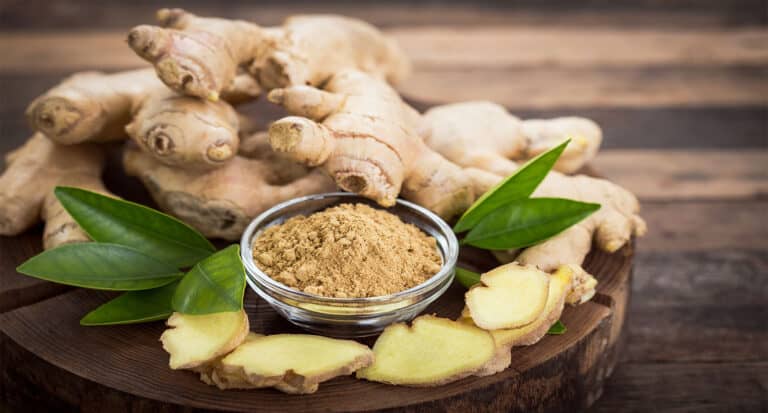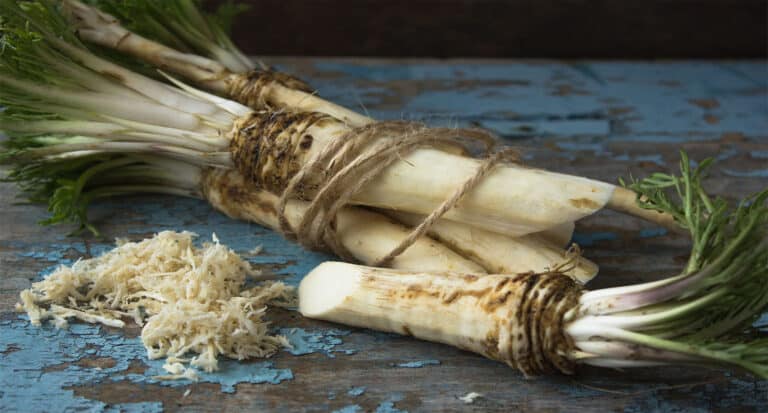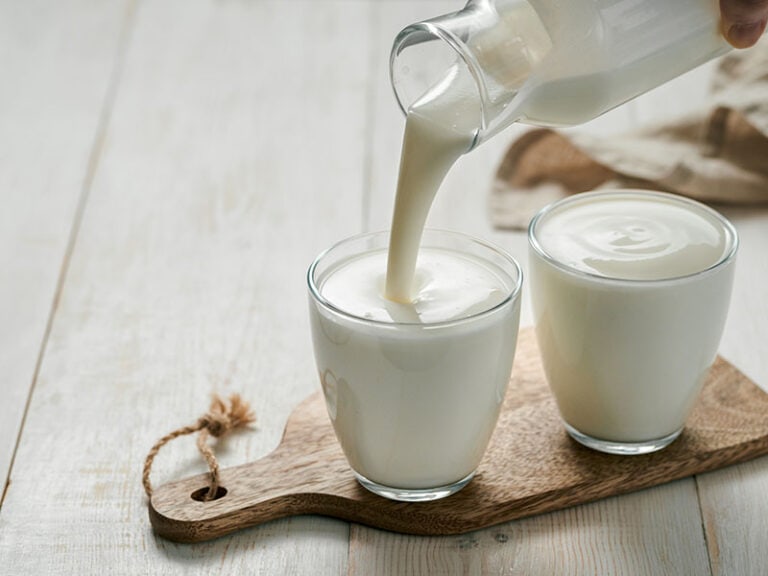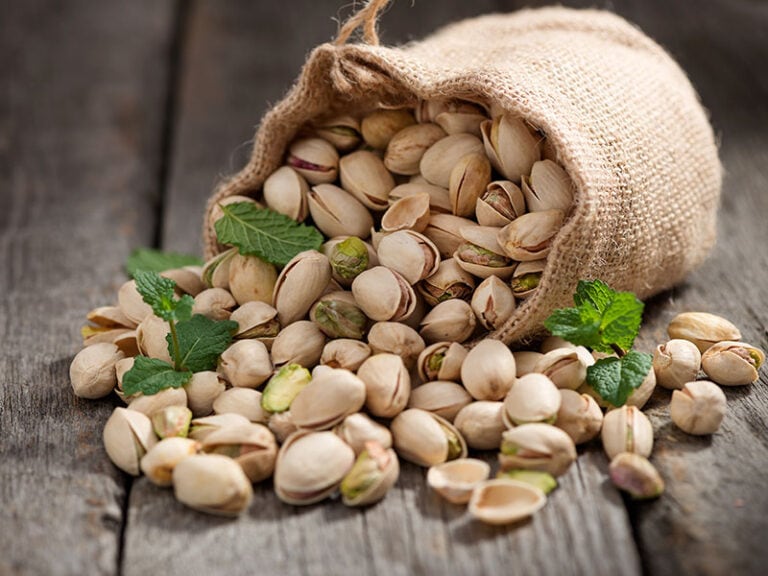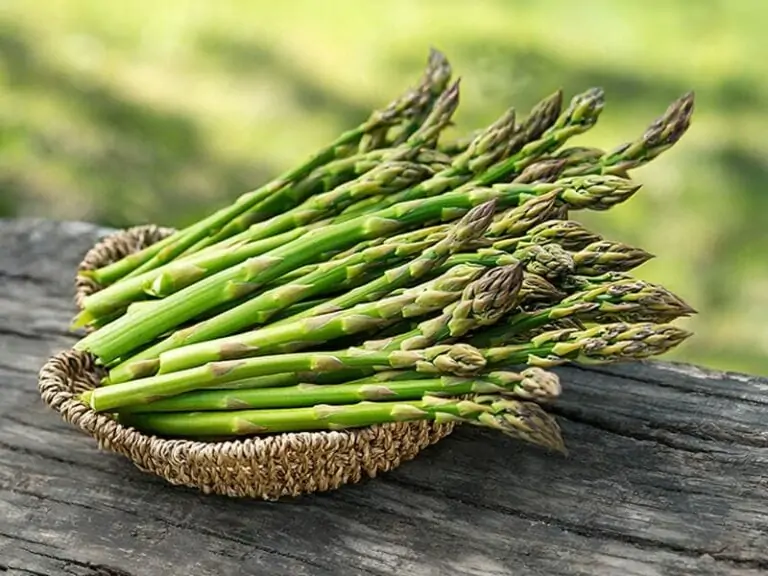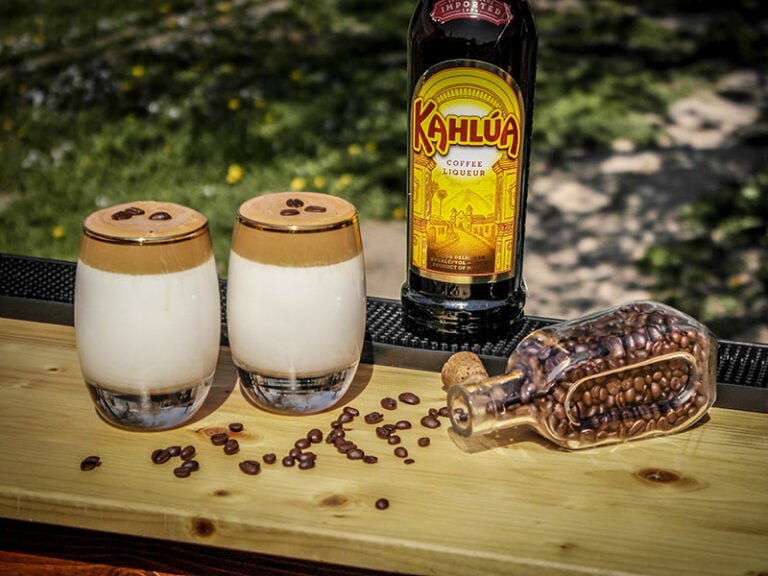Not everyone knows how to store banana peppers properly. Preserving banana peppers in the correct ways is beneficial not only for long-term storage but also for your health. The peppers will not be spoiled, and you can also keep their fresh flavor if you store them effectively.
You have a surplus of banana peppers, and you can not eat them all at once. Therefore, you want to store them, but you have a headache finding the best methods?
Understanding your problem, I am writing this post to share with you some useful and detailed methods to store banana peppers properly. Without any further ado, let’s check them now!
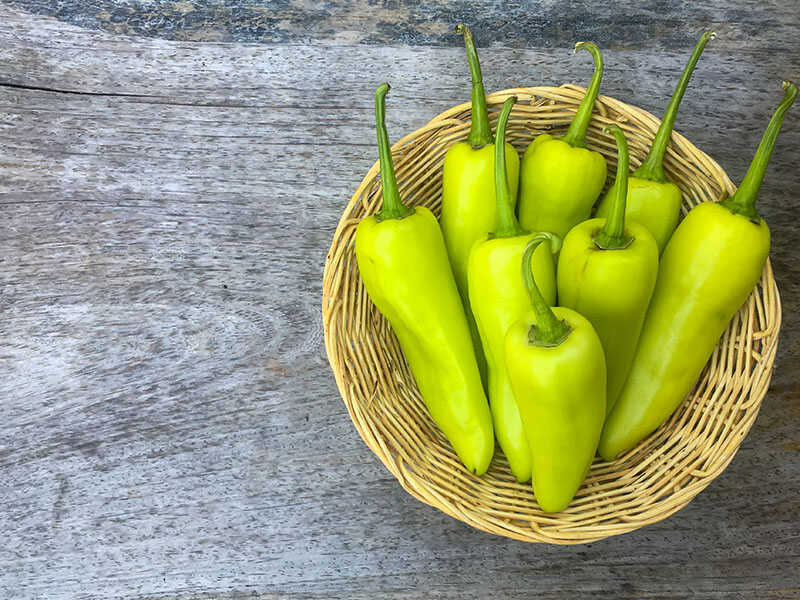
Method 1: Refrigerating Banana Peppers.
Method 2: Freezing Banana Peppers.
Method 3: Pickling Banana Peppers.
Method 4: Canning Banana Peppers.
Method 5: Drying Banana Peppers.
Method 1: Refrigerating Banana Peppers
Whether you’ve harvested banana peppers from your garden or purchased them from a store, it’s crucial to refrigerate them immediately to maintain freshness.
This applies to both whole and sliced peppers. Before storing, gather necessary materials like paper, paper bags, or plastic bags. Here’s a simple guide:
Step 1: Clean the Peppers
Regardless of their source, banana peppers may carry traces of dust and soil. Ensure you rinse them thoroughly before refrigeration.
Step 2: Refrigerate the Peppers
After rinsing, either pat the peppers dry or let them air dry. Next, wrap them in paper and place them in a paper bag. If unavailable, plastic bags can be used as an alternative. Finally, store them in the crisper drawer of your refrigerator.
Method 2: Freezing Banana Peppers
In order to keep the banana peppers last longer, you should freeze them. You will need a cutting board, a knife, and freezer bags or airtight containers to carry out this method.
Step 1: Rinse The Banana Peppers
Rinse the banana peppers under cold water to remove dust or soil, then let them dry naturally or wipe them slightly.
Step 2: Take Out The Seeds
After those peppers are totally dry, chop the stems and take out the seeds with your fingers or a knife. This way will help the banana peppers last longer.
Step 3: Chop Or Slice The Banana Peppers
The next thing to do after taking out all of the seeds is chop or slice your banana peppers. You should cut them into small slices. It depends on your habit or your plan to use them.
Step 4: Freeze The Banana Peppers
Put those sliced peppers into some high-quality freezer containers, and store them in the refrigerator freezer. You can choose either glass or plastic containers, depending on your preferences.
Method 3: Pickling Banana Peppers
Before you begin pickling banana peppers, gather the necessary tools: a knife, cutting board, saucepan, and jars. You’ll also need the following ingredients for the pickling brine:
- Two cups of white vinegar
- One cup of water
- One tablespoon of salt (pickling or pure salt are fine, but avoid iodized salt as it can cause cloudiness due to anti-caking agents)
- Half a tablespoon of sugar (powdered sugar substitute with alternatives if you prefer)
- One tablespoon of mustard seed
- One tablespoon of black peppercorn
- Half a tablespoon of celery seed
- Three cloves of crushed garlic
Step 1: Prepare the Banana Peppers
Ensure the peppers are clean, dry, and free from spoilage before pickling. Remove all seeds from the peppers.
Step 2: Sterilize the Jars
Submerge your jars in boiling water for 10-15 minutes to sterilize them. After sterilization, tightly pack the sliced banana peppers into the jars.
Step 3: Prepare the Pickling Brine
Combine all the ingredients (water, white vinegar, garlic, etc.) in a saucepan and bring to a boil. Once boiling, remove the saucepan from the heat and discard the crushed garlic.
Step 4: Pickle the Banana Peppers
Pour the hot brine over the packed banana pepper rings in the jars. Secure the lids without over-tightening. Allow the jars to cool before refrigerating.
Method 4: Canning Banana Peppers
Canning banana peppers is a similar process to pickling, but allows for longer storage. For this method, you’ll need the following ingredients:
- Four pounds of sliced banana peppers (seeds removed)
- Five cups of white vinegar
- Four teaspoons of pickling salt
- Two tablespoons of sugar
- Two cloves of crushed garlic
- Crisper granules
Step 1: Prepare the Banana Peppers
Rinse the banana peppers thoroughly, discard any spoiled ones, and let them dry. Cut off the stems, remove the seeds, and slice them into quarter rings.
Step 2: Sanitize the Jars
Submerge and boil the jars for 10-15 minutes. After sanitizing, pack the sliced banana peppers into the jars.
Step 3: Make the Brine
Boil the mixture of vinegar, pickling salt, sugar, and garlic for two minutes, then remove the garlic. Pour the brine over the banana peppers in the jars.
Step 4: Store the Canned Banana Peppers
Add ¼ teaspoon of crisper granules to each jar. Allow the jars to cool before storing them in the refrigerator. If sealed properly, they can be consumed for up to two years.
Method 5: Drying Banana Peppers
The final method I’ll discuss is creating banana pepper flakes. This is an excellent option if you have an abundance of peppers.
Before starting, ensure you have the following items: a knife, cutting board, flat surface trays, a hair straightening iron, mylar bags, and oxygen absorbers.
Once you have all the necessary items, follow these steps:
Step 1: Prepare the Banana Peppers
Rinse the banana peppers thoroughly, discard any spoiled ones, and let them dry. Remove the stems and seeds, then slice the peppers into quarter rings.
Step 2: Dry the Peppers
Spread the sliced peppers on a flat surface tray and let them dry completely. This process can take several days depending on the humidity and temperature.
Step 3: Crush the Dried Peppers
Once the peppers are completely dry, crush them into flakes using a food processor or by hand.
Step 4: Store the Pepper Flakes
Place the pepper flakes into mylar bags, add an oxygen absorber to each bag, and seal them with a hair straightening iron. Store the bags in a cool, dark place. If properly sealed, these pepper flakes can be used for up to two years.
Useful Tips
To use dried banana peppers, they need to be rehydrated by submerging them in boiling water for about 30 minutes.
You can also create banana pepper flakes from dried peppers. These flakes serve as a flavorful seasoning to enhance your dishes. To make them, simply pulse the dried peppers in a blender until they reach the desired consistency.
Remember to label each storage bag with the date to keep track of the peppers’ freshness and prevent consuming spoiled or rotten peppers.
What Should You Know About Banana Peppers?
What Are Banana Peppers?
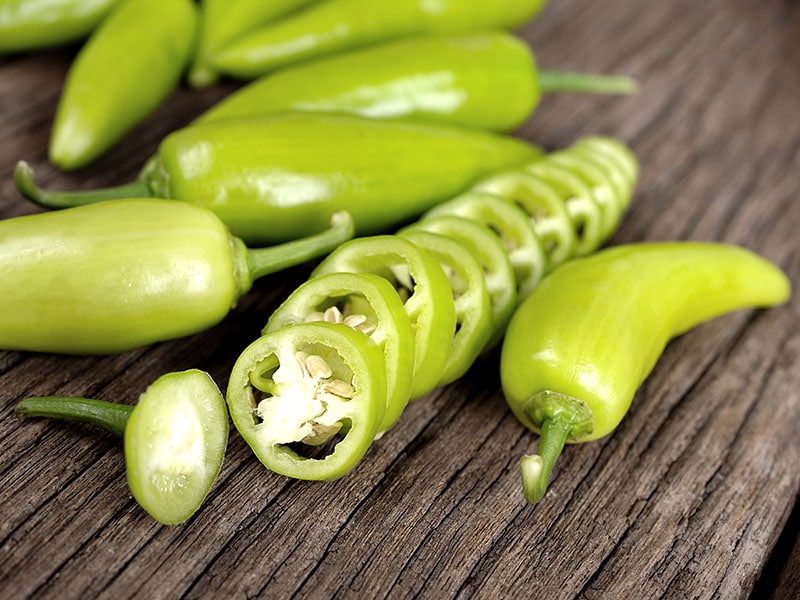
Banana peppers are also called yellow wax peppers or banana chilies. They are one of the variations of Capsicum annuum species. They are usually bright yellow, but they can turn to other colors such as orange, red, or green when they ripen.
Where To Find Banana Peppers?
They are often sold in bulk at any grocery store or grown in your home garden. Like other Capsicum annuum species, banana peppers are easy to plant; they do not require any special treatment. Banana peppers can be grown in any climate, especially warm climates.
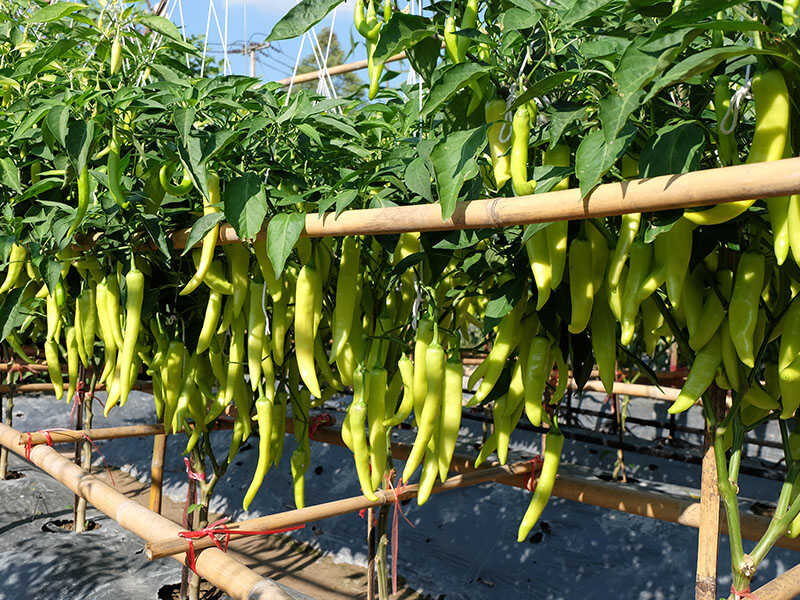
What Is The Nutrition Information of Banana Peppers?
Eating banana peppers is very good for your health because they contain a lot of beneficial nutrients (defined by the USDA), including vitamins and minerals. They are also low in calories (33 calories per cup). (1)
Here are some health benefits of banana peppers:
- Help In Weight Loss Process
- Lower Blood Pressure
- Speed Up The Digestive Process
- Improve Brain Function
How Do People Usually Eat Banana Peppers?
Although they belong to the chilies family, banana peppers are not considered a kind of hot chili. They measure at 0-500 Scoville Heat Units (SHU).
Banana peppers have a mild, tangy, and slightly sweet taste, which makes many people confuse banana peppers for pepperoncini. They are also compared with bell peppers because of their similar taste.
There are several ways to eat banana peppers. People usually eat them fresh or use them as an ingredient to stand in for Serrano peppers. Some of the common ways of eating banana peppers:
- Banana peppers are mainly pickled and served with garnish pizzas, sandwiches or Greek salads, etc.
- Stuffed banana peppers are served with a lot of kinds of Italian sausages and cheeses.
- The sliced or diced banana peppers are also one of the ingredients of many relishes and Salsas.
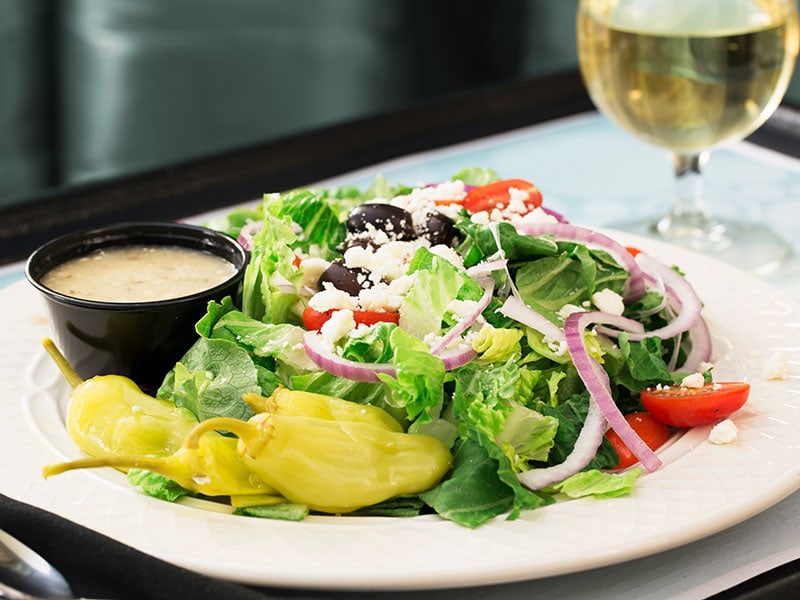
How To Choose High-Quality Banana Peppers?
You should know that the amount of time you can enjoy your peppers depends on your methods to store them. In addition, it also depends on the quality of those banana peppers. Therefore, you have to choose the highest quality ones for long-term storage.
If you choose low-quality peppers, your preserved banana peppers would be spoiled very fast so that you can not use them in the long term. Below are some tips that will help you to choose the right banana peppers for preserving.
- You should choose the ripe banana peppers because they will be sweeter. The mature size of banana peppers is from four to eight inches.
- The color of banana peppers is also a consideration. Banana peppers at the pale yellow or pale green stage will have the perfect amount of crunch, and they also taste sweet and scrumptious at this stage.
- Another caution is that you should only choose ones that have smooth skin, do not choose the banana peppers, which have flimsy and wrinkly skin.
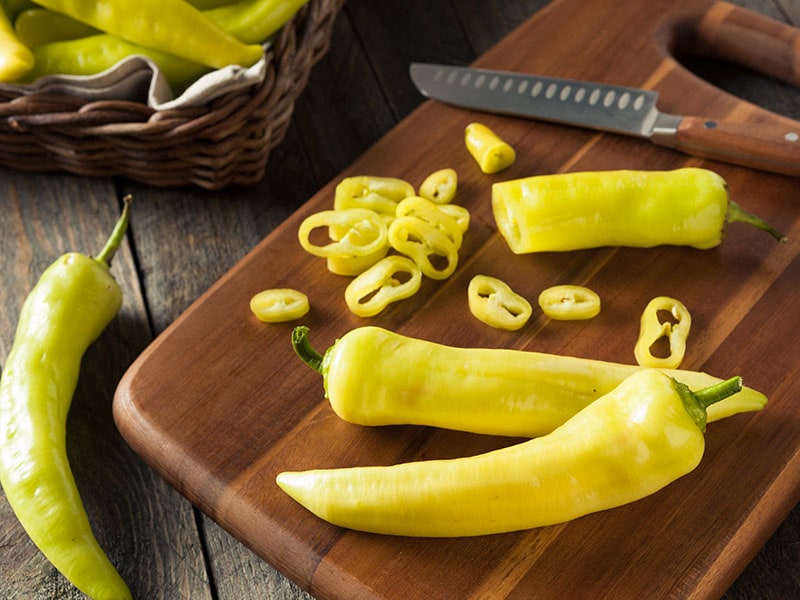
How Long Do Banana Peppers Last?
After referring to all of the above diverse and excellent methods to store the banana peppers. You may wonder: “How long do banana peppers last if I use the above steps to preserve them?”
Do not be confused. The table below provides information about preserved banana peppers’ shelf life. Let’s check it out!
Please pay attention to this table and remember to write down the date of your preserved banana peppers in order to avoid using out-of-date products.
How Do You Know If Banana Peppers are Bad?
When preserving banana peppers or any other kind of vegetable, you have to check carefully if your veggies are spoiled or rotten. Banana peppers that are spoiled usually become soft and discolor, even mold.
Just like every kind of food, eating spoiled banana peppers brings a lot of harmful effects on your health, especially food poisoning. Some food poisoning symptoms you may have if you eat spoiled banana peppers:
- Nausea
- Diarrhea
- Headache
- Stomach Pain
If you suffer from any of the above symptoms, you will need to see the doctor right away.
Expectation Vs. Reality
If you followed all of the detailed guidance but your preserved banana peppers do not last long. This is mainly because you did not sterilize or seal the jars carefully, or the banana peppers were not completely dry. Pay attention to those things when you try next time.
I hope that after reading my post, your problem with preserving banana peppers has been clarified. If the information in this article is helpful for you, do not forget to like and share. Leave a comment if you have other effective methods to share with me and everyone.
Nutrition Facts
8 servings per container
- Amount Per ServingCalories87
- % Daily Value *
- Sodium 6233mg 260%
- Potassium 119mg 4%
- Total Carbohydrate
13.3g
5%
- Dietary Fiber 0.1g 0%
- Sugars 3.6g
- Protein 0.1g 0%
- Calcium 15%
* The % Daily Value tells you how much a nutrient in a serving of food contributes to a daily diet. 2,000 calories a day is used for general nutrition advice.
